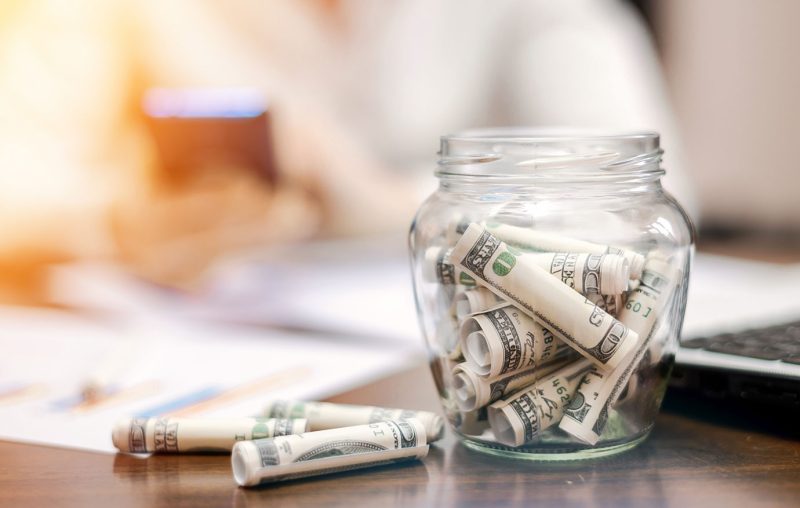The recent fluctuations in gold and silver prices have captivated the attention of investors and analysts alike, reflecting broader economic trends and market sentiments. Gold, a traditional safe-haven asset, is often sought after in times of uncertainty or inflation, while silver, with its dual role as a precious metal and industrial commodity, has a unique position in the market.
The decline in gold and silver prices at the end of the week can be attributed to several factors. One key factor affecting the prices is the Personal Consumption Expenditures (PCE) index, which remained flat in April. The PCE index is a key indicator of inflation levels in the United States and is closely monitored by the Federal Reserve to gauge the health of the economy. When the PCE index remains stagnant, it can signal subdued inflation pressures, leading to lower demand for inflation hedges like gold and silver.
Additionally, the strength of the US dollar has played a significant role in putting downward pressure on gold and silver prices. The dollar’s status as the world’s reserve currency means that fluctuations in its value can greatly impact the prices of commodities like gold and silver. A stronger dollar makes these commodities more expensive for investors using other currencies, leading to a decrease in demand and subsequent price declines.
Geopolitical events and market sentiment have also influenced the recent price movements of gold and silver. Uncertainties surrounding global trade tensions, political instability, and the ongoing COVID-19 pandemic have created a volatile environment for investors, causing fluctuations in the prices of precious metals. In times of heightened uncertainty, gold and silver prices tend to rise as investors flock to safe-haven assets, while periods of relative stability can lead to price corrections.
Looking ahead, the future trajectory of gold and silver prices will continue to be influenced by a myriad of factors, including economic data releases, central bank policies, geopolitical developments, and investor sentiment. As global markets navigate through the uncertainties of the post-pandemic recovery phase, investors will closely monitor these factors to make informed decisions regarding their precious metal investments.
In conclusion, the recent downward trend in gold and silver prices can be attributed to a combination of factors, including the flat PCE index, the strength of the US dollar, geopolitical events, and market sentiment. While short-term fluctuations are inevitable in the commodities market, the long-term outlook for gold and silver remains positive, driven by their intrinsic value, role as safe-haven assets, and potential for portfolio diversification. Investors should continue to monitor market developments and economic indicators to navigate the dynamic landscape of precious metal investing.
